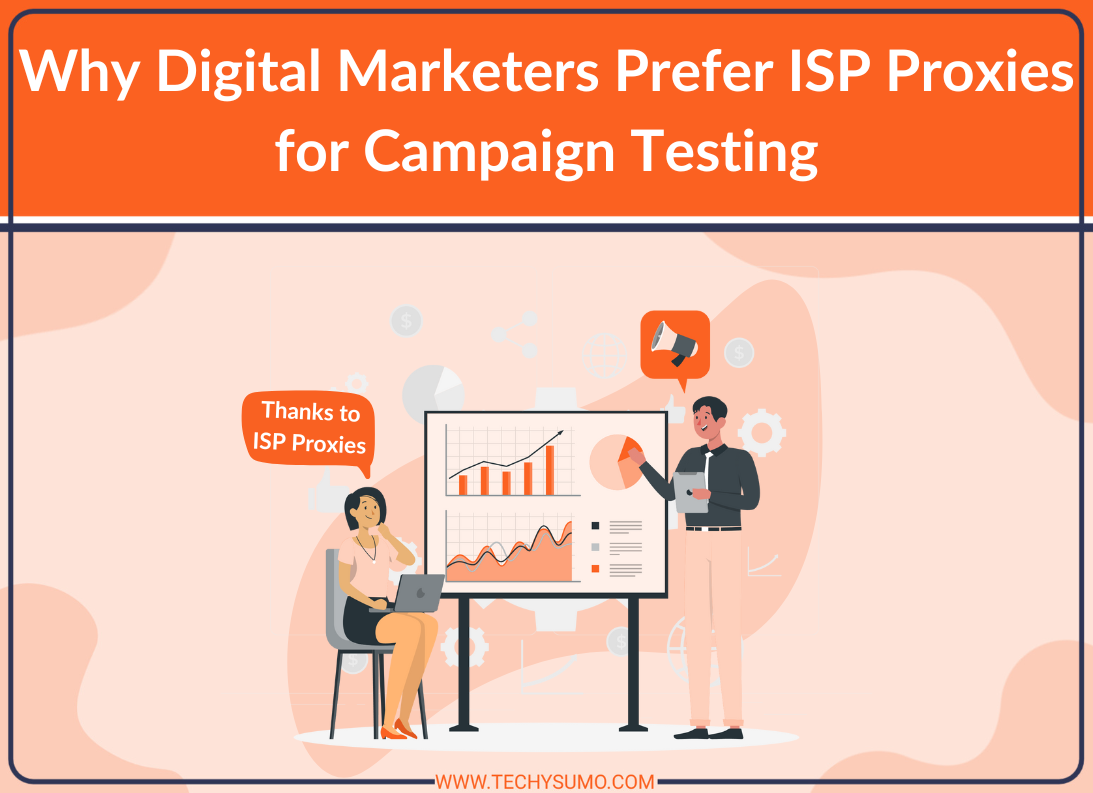Running ads is one thing, testing them is a whole other game. If you’re trying to see how your campaigns look in different regions or want to avoid getting flagged while testing multiple versions, your regular setup won’t cut it.
In this article we’ll break down why so many marketers are turning to ISP proxies for smoother, more reliable campaign testing.
Table of Contents
What Are ISP Proxies?
ISP proxies (Internet Service Provider proxies) are IP addresses that come from real ISPs but are hosted on servers. This setup gives you the trust of a residential IP with the speed and stability of a data center.
To websites and ad platforms, ISP proxies look like regular users browsing from home. That’s why they’re harder to detect and less likely to get blocked, making them a solid choice for tasks where you need both speed and authenticity.
That’s exactly why they’re so good for digital marketers testing ad campaigns.
Also Read
Common Campaign Testing Challenges
Testing ads is easy at first, until you realize the platforms are working against you.
For one, ads change depending on where the viewer is. So if you’re sitting in one location, there’s no way to know how that same ad appears in another country without some help.
Then there’s the issue of getting flagged. Try checking the same ad too many times, and suddenly you’re hitting captchas or getting blocked for “unusual activity.”
And sometimes the data just doesn’t match. You might be logged in, but the preview doesn’t show exactly what a real user would see.
Why ISP Proxies Are Ideal for Marketers
This is where ISP proxies make things easier for campaign testing.
They give you clean, real IPs from actual internet providers. So when you run your tests, platforms treat you like a normal user, not someone trying to game the system.
You can test ads in different places without leaving your desk. Want to check how your campaign looks in Paris or L.A.? Just switch to an IP in that area and see what shows up.
And because these proxies are hosted on solid infrastructure, you’re not dealing with random timeouts, broken previews, or login issues when switching between platforms.
It’s not just about avoiding blocks, it’s about seeing what your audience actually sees.
Real-World Use Cases
Here’s how digital marketers are using ISP’s in everyday campaign work:
Geo-Targeted Ad Previews
Want to see how your ad looks in another country? With ISP proxies you can see it exactly how a local user would, no guessing or relying on a VPN that half loads.
A/B Testing Across Accounts
Running the same test across multiple accounts gets flagged. With ISP proxies you can avoid account warnings and run tests without getting slowed down.
Tracking Competitor Ads
You can view competitor campaigns like a real user, with no blocks or limits. Just open the page and see what they’re running in different regions.
Key Considerations When Choosing an ISP Proxy Provider
Not all proxies are created equal. First, make sure they’re offering real ISP assigned IPs, not datacenter ones disguised as something else. You’ll also want IPs that stay static and don’t rotate randomly, especially if you’re running long ad sessions.
If you’re running region specific campaigns, check for IPs in the areas that matter to you. Compatibility is key, some proxies just don’t play nice with platforms like TikTok or Facebook.
And if things go wrong (they sometimes do), having quick support and clear setup guides can be a lifesaver. A trial plan also helps you test everything in your actual workflow.
Check out https://travchisproxies.com/ they offer real ISP IPs, good coverage and helpful support.
Final Thoughts
Testing ad campaigns isn’t just about clicking preview buttons, it’s about seeing exactly what your audience sees. ISP proxies make that way easier. You’re not getting blocked, you’re not guessing, and you’re not wasting time resetting accounts.
It doesn’t have to be hard. Try a few, see what works for your setup and find a provider that makes it easier, not harder.






